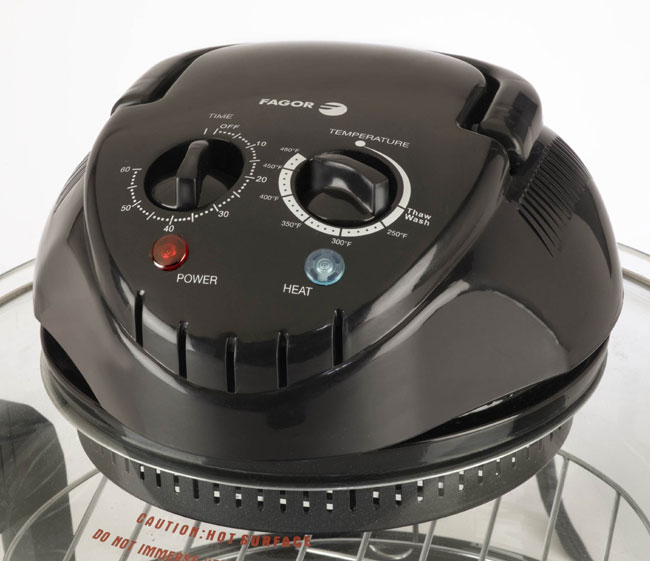

The purchase of the Brandt Group in 2005 made Fagor one of the largest appliance manufacturers in Europe. It also has 13 worldwide subsidiaries and sales networks in 80 countries in 5 continents. It has factories in Europe, America, and Africa. Major international expansion has increased Fagor's workforce to 6,074. The corporation is divided into three main divisions: finance, retail, and industrial. It has a assets of 24.72b Euro (2014), a revenue of 12.1b Euro (2015), and a workforce of 69,000. Mondragon Corporation comprises, 122 industrial companies, 6 financial organizations, 14 retailers, 4 research centers, 1 university, 14 insurance companies, and international trade services. This was paradoxical for a worker-owned company.Ī reverse dominance hierarchy formed and decisions like offshoring production to the cheaper wage workers were not taken by worker-owners. The disengagement led to absenteeism beyond the usual in Spanish private companies, and unusually higher among the younger workers. The new workers did not acquire the cooperative mindset and were submitted to Taylorist methods. Relatives of workers were given preference. One of the factors in the fall of Fagor has been the human resources policy. In late 2014, the German appliance company BSH Hausgeräte was about to purchase FagorMastercook in Poland. Later Fagor Electrodoméstico officially announced its bankruptcy as well and has been taken over by Spanish appliance manufacturer CATA Electrodoméstico (CNA Group) in autumn 2014, adding 155 new jobs. On November 6, 2013, Fagor Brandt, the French subsidiary of the Spanish appliance manufacturing group, which employed 1,920 people, announced its bankruptcy and was placed under receivership in early 2014, before being divested and taken over by the Algerian conglomerate Cevital Group. On October 16, 2013, Fagor Electrodoméstico filed for protection from creditors while it tried to refinance and renegotiate its €1.1 billion of debt under Spanish law, after suffering heavy losses during the European financial crisis.

Increased Asian competition could not be countered in spite of austerity measures, liquidity injections and staff relocation. When the Spanish housing crisis struck in 2008, the main market for Fagor appliances collapsed. The buying of Brandt and other growth was financed through borrowing as capital markets were not available. The total workforce was 10,543 employees.

Its 1,729-million-euro sales were 6% of the European market. In 2006, it had eight production plants in Spain, four in France, one in Poland, one in Italy, three in China and one in Morocco). The employees of the foreign acquisitions were not offered ownership.īesides, about 15% of the workers in the parent company were temporary employees without ownership rights. The acquisition of Brandt Electroménager in 2005 made it the leader in household appliances in France.Īmong European manufacturers, it ranked fifth after Electrolux, Whirlpool, Bosch Siemens and Merloni. In 1999, Fagor acquired Wrozamet in Poland. It started in 1956 in a small workshop in Mondragón, Spain.įrom the Spanish market, it expanded internationally to North Africa and Latin America in the late 1980s.įrom 1996 to 2001, Fagor formed joint ventures with international companies.

Fagor Electrodoméstico was the world's biggest industrial worker cooperative for decades, the flagship of the Mondragon Corporation, the world's largest workers' co-operative.


 0 kommentar(er)
0 kommentar(er)
